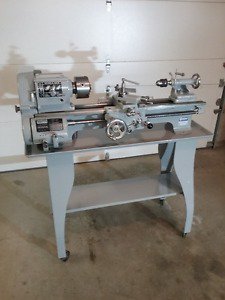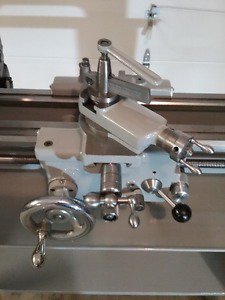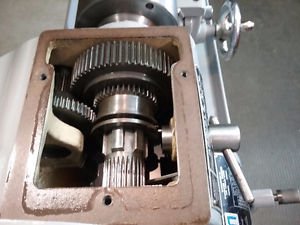U
umahunter
Forum Guest
Register Today
Look into the grizzly g0602 I love mine there's also plenty of documented mods and impovements on several websites and on youtube




Glen, I agree with the point you made about metalworking is all about making precision parts, I guess you were quoting the OP, Rick.Ken, that looked like a great lathe to get started. Very clean, but more importantly, the guy stated in excellent condition. Having just gone through refurbishing three lathes, I have to say, holding out for a lathe in very good condition is absolutely at the top of my list.
Which brings me to holding tolerance - what you said above about not worrying to much about making precision parts. My guess is that what you will find out, and come to appreciate, after getting into the hobby, is that metal working is all about making precision parts. The reason is: Stuff must fit together to work. If not made to reasonable tolerance - usually a few thou or less for mating surfaces - you really will be wasting your time. And will be frustrated by making parts that don't fit together. For example, a 1" axle needs an interference fit less than a thou on a 4" live steam railroad rail car wheel to adhere to the axle. To loose, it will simply fall off. So iam sure you will find a need to hold parts to .001" . Which is not a big deal with decent equipment and a bit of experience learning. It's actually very satisfying to achieve this level of work.
Glenn

... the knowledge gained during that project was well worth the effort. Nothing will educate you more on the inner workings of your machine than taking it down to the last bolt.
